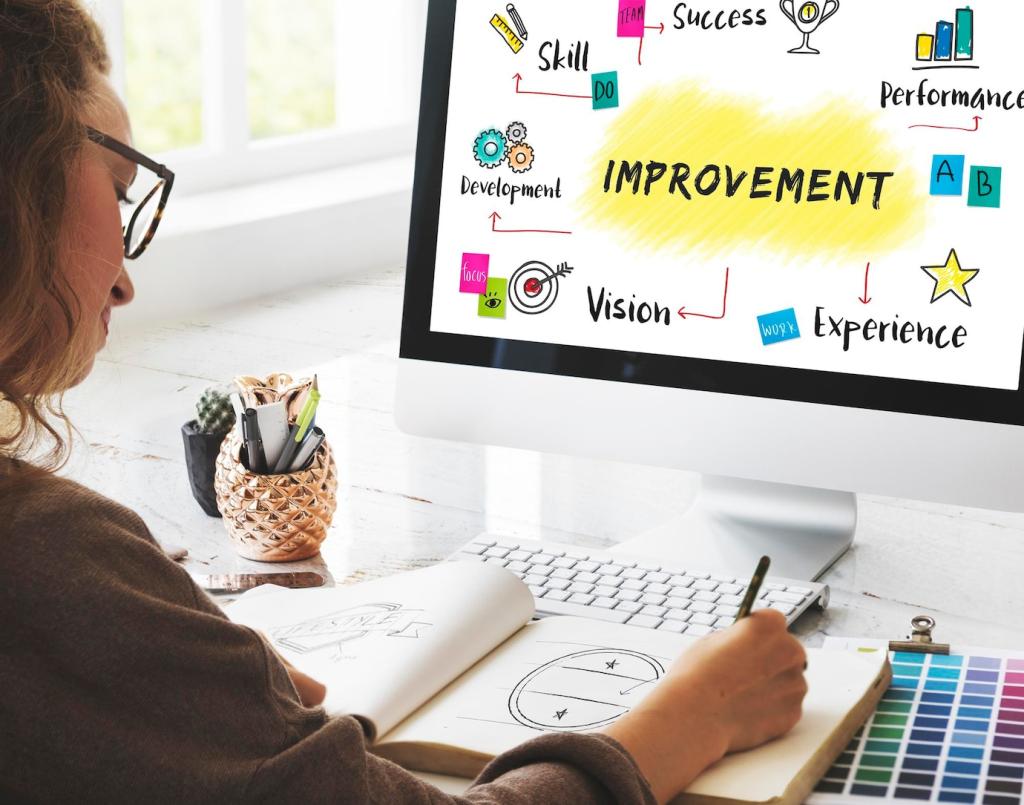
Mastering Business Process Optimization Training Strategies
Chosen theme: Business Process Optimization Training Strategies. Welcome to a practical, people-centered guide for building training that turns theory into measurable improvement. From data fluency to coaching, this page will help you design programs that reduce waste, shorten cycle times, and energize teams. Join the conversation, share your toughest process challenge, and subscribe for fresh case studies, templates, and workshop ideas.
Replace vague objectives with specific capability statements tied to cycle time, quality, and cost. Learners should know exactly what behaviors, tools, and decisions they will master, and how those link to measurable business results.

Set up a paper-based factory or digital ticket queue. Let teams manipulate batch sizes, WIP limits, and handoffs, then watch bottlenecks appear and disappear. The aha moments stick far longer than slides.
Practice Safely: Simulations, Games, and Labs
Turn improvements into time-boxed sprints with clear scoring: defects prevented, minutes saved, rework avoided. A playful leaderboard energized one remote team to submit fifteen small changes within two weeks.
Practice Safely: Simulations, Games, and Labs
Executive Sponsorship That Shows Up
Ask sponsors to introduce the first module, connect it to strategy, and return for demo day. In one bank, sponsor attendance doubled adoption, because teams felt their improvements genuinely mattered.
Managers as Coaches
Equip managers with weekly coaching questions: What constraint did you observe? What experiment will you run? What did the data say? This rhythm turns training into habit-building rather than a one-time event.
Feedback Loops That Stick
Close the loop with retrospectives and public wins. Create channels where learners share blockers and get timely help. Comment with your favorite retro prompt, and we’ll feature it in a future collection.
Communities of Practice
Host monthly circles where analysts, operators, and engineers demo experiments and exchange templates. A logistics team’s informal meetup evolved into a cross-site guild that standardized five critical checklists.
Recognition That Reinforces Behaviors
Celebrate learning behaviors, not only outcomes: best hypothesis, cleanest run chart, bravest experiment. Light, frequent recognition nudges teams to keep iterating even when results are initially ambiguous.
Micro-Habits for Continuous Improvement
Teach tiny commitments: fifteen-minute daily standups, two-metric dashboards, and a single visible WIP limit. Ask readers to share one micro-habit they will try tomorrow; we’ll reply with a supporting worksheet.

Blended Learning Architecture That Works
Push concepts into short prework videos, reserving live time for practice. One team cut classroom hours by half while increasing hands-on exercises, reporting higher confidence and faster project kickoffs.
Measuring Impact Beyond Completion Rates
Combine satisfaction, learning checks, and behavior observations with early operational signals like queue length and first-pass yield. Transparent dashboards help leaders course-correct quickly without blaming teams.
Technology to Accelerate Learning and Doing
Blend compliance tracking with a learning experience platform that recommends resources by role and process stage. Smart paths keep learners moving from concept to action with well-timed prompts.

